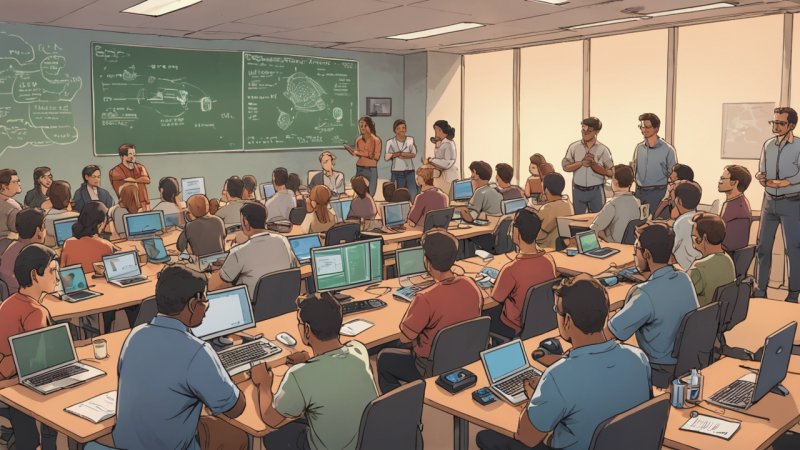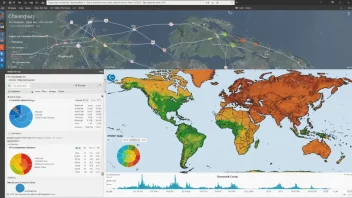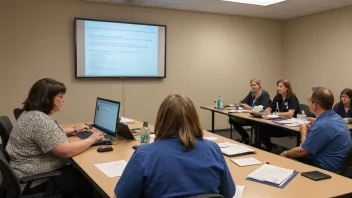Maintaining legacy open source projects presents a unique set of challenges that can hinder innovation, collaboration, and sustainability. As technology evolves and new methodologies emerge, many older projects find themselves at a crossroads, where the original intent may no longer align with user needs or contemporary practices. Understanding these challenges is crucial for developers, contributors, and organizations that wish to keep these projects alive and relevant. Here are some of the most significant challenges faced when maintaining legacy open source projects.
1. Outdated Technologies
One of the primary challenges in legacy open source projects is the reliance on outdated technologies. As programming languages, frameworks, and libraries evolve, older projects may struggle to keep up. This reliance can lead to several issues:
- Compatibility Issues: New systems may not support older technologies, making integration difficult.
- Security Vulnerabilities: Outdated libraries can expose the project to security risks that are no longer patched.
- Limited Developer Pool: Fewer developers are familiar with older technologies, making it hard to find contributors.
2. Lack of Documentation
Documentation is vital for any software project, but legacy projects often suffer from poor or nonexistent documentation. This challenge can manifest in various ways:
- Onboarding New Contributors: New developers may find it hard to contribute due to a lack of understanding of the project's architecture.
- Knowledge Loss: As original contributors leave, their unique knowledge and understanding of the codebase may not be passed on.
- Maintenance Difficulties: Without clear documentation, maintaining the project becomes a daunting task, leading to potential errors and inefficiencies.
3. Decreased Community Engagement
The vibrancy of an open source project often depends on its community. Over time, legacy projects can see a decline in active contributors and users. This decline can be attributed to:
- Shift in Focus: Developers may move on to newer, more exciting projects, leaving the legacy project behind.
- Burnout: Long-term contributors may experience burnout due to ongoing maintenance without sufficient support or recognition.
- Changing User Needs: The original user base may find that the project no longer meets their needs, leading to decreased interest.
4. Funding and Resource Allocation
Securing adequate funding and resources is crucial for the sustainability of any open source project. Legacy projects often struggle with this aspect due to:
- Limited Sponsorship: Many sponsors prefer to invest in newer projects with perceived higher potential.
- Resource Drain: Maintaining a legacy project may require resources that could be better spent on developing new technologies.
- Voluntary Contributions: Many legacy projects rely on voluntary contributions, which can be inconsistent and unpredictable.
5. Technical Debt and Code Quality
As projects evolve, they accumulate technical debt—shortcuts taken during development that may lead to future complications. Legacy projects often exhibit a significant amount of technical debt, which can result in:
- Increased Maintenance Costs: Poor code quality can lead to more time spent fixing issues rather than developing new features.
- Resistance to Change: Developers may be hesitant to make necessary changes due to the fear of breaking existing functionality.
- Complexity in Understanding: A convoluted codebase can be challenging for new contributors to navigate, leading to a further decline in engagement.
In conclusion, maintaining legacy open source projects involves navigating a myriad of challenges, including outdated technologies, lack of documentation, decreased community engagement, funding constraints, and high levels of technical debt. Addressing these issues requires a concerted effort from both existing contributors and the broader open source community. By understanding and tackling these challenges head-on, we can help ensure that these valuable projects continue to thrive in the face of ever-changing technological landscapes.






